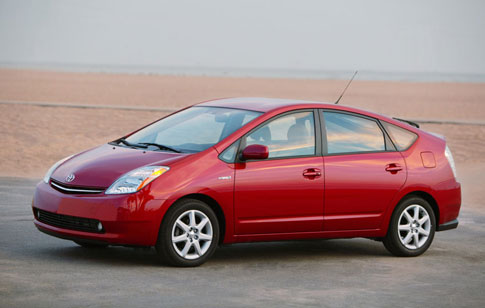I was browsing AutoBlogGreen today and I found out that Top Gear had done a piece on the Tesla Roadster. This was something I had been waiting for for a very long time, because I love the British show and couldn’t wait for their take on the famous electric supercar. Performance wise, the car, fitted with Tesla’s Powertrain 1.5, definitely impressed Jeremy Clarkson, likening the car to broadband motoring in a world of dial-up. However, that was before the car’s battery died after 50 miles of driving. Then they were not impressed by the 16 odd hours it would take them to charge it back up. So they got another Tesla Roadster, which Jeremy managed to overheat (overheated motor, he said, which is odd because the electric motor is just air-cooled for its nominal cooling requirement). To add insult to injury, somehow, the brakes broke on the first one while it was sitting in the garage. So this led the show’s hosts to deem the car impractical for today’s world of driving. Here is the Top Gear: Tesla Roadster Youtube video, which will probably go down soon:
[EDIT: If you want to see Tesla’s side of the story, scroll down to the first comment of this article, by Rachel Konrad, Senior Communications Manager of Tesla Motors. Top Gear’s piece ended up being somewhat of a PR disaster regarding Tesla’s reliability, and hearing another side to the story is helpful. I won’t make a judgment on what happened because I wasn’t there and I can only write about what was in the video.]
The other host on the show, James May, sparked my curiosity at the end, talking about finding an alternative to the battery electric car and future of motoring. So I found the James’ segment on the Honda FCX Clarity Hydrogen electric car. I have never been a fan of hydrogen cars, because they are about as technologically advanced as spaceships and don’t seem like they will be practical economically. Some say the car, right now, would be priced at $10,000,000. Plus, hydrogen is something Shell can sell you, so of course they will push this on us. But I was impressed by the FCX Clarity Hydrogen, which is really basically just an electric car with a hydrogen powered generator that will extend the range to around 300 miles. So it utilizes the superior efficiency of an electric motor while eliminating the bulk and range limits of batteries. Also according to the video, hydrogen is about at cheap as gas and the car’s only byproduct is water. Don’t be fooled though, the hydrogen car is very far down the road. Here is the Top Gear: Honda FCX Clarity Hydrogen segment:
Sources: YouTube, Autobloggreen


